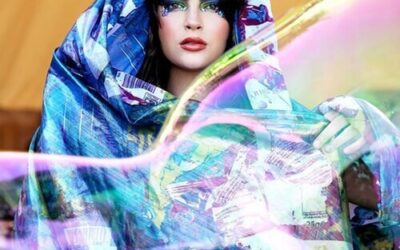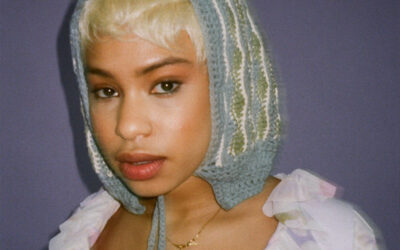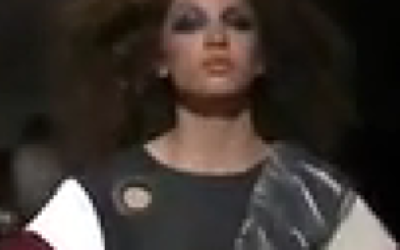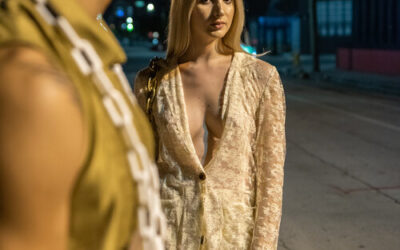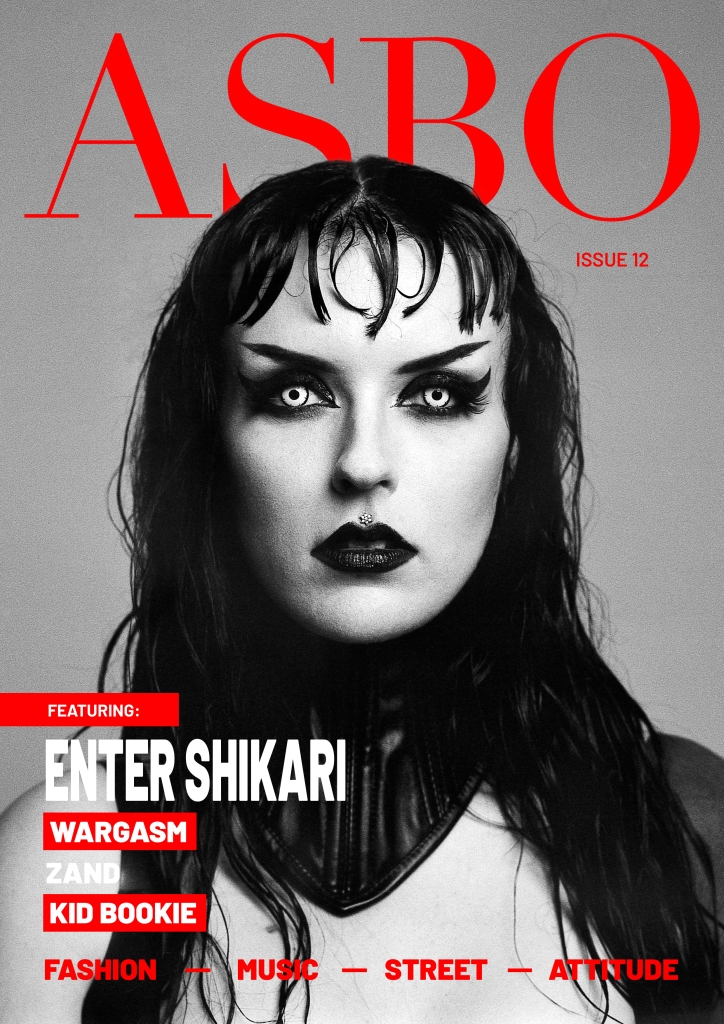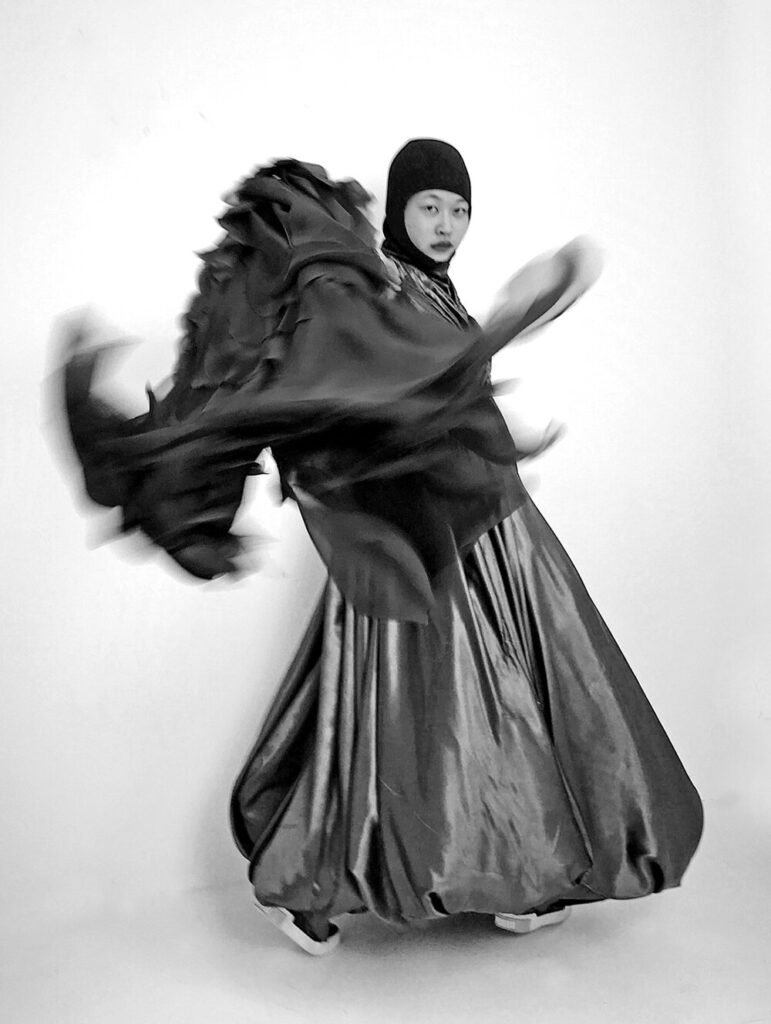
Name: Maya Loyez
Age: 24
University: Southampton Solent University
Describe your design aesthetic in 3 words? Bold, Avant-Garde & Complex
What message or story do your designs portray?
The ocean was the creative force behind my designs with two opposing themes – the abundance of sea life, and underwater beauty threatened by the plethora of plastic waste dumped by humans. However, it was the Haenyeo women who harvest seafood by free diving to the ocean floor, who became the inspiration behind my final collection. I took colours and moods from their drab full body wetsuits and contrasted them with the brilliant colours and shapes of the sea. I chose materials for their fluidity to simulate water movement and tried to create an image of a diver emerging from the sea with the day’s catch covered in items such as jelly fish and corals. The Haenyeo understand the need to protect our precious seas and all life within. I want my collection to be a vivid reminder that we must all reduce our consumption of plastic and preserve the natural world for future generations.
What is one career aspiration that you’d most like to achieve?
Creative Director of a luxury fashion house.
What do you think is the biggest issue facing the fashion industry today?
I would put sustainability at the top of my list. While many brands are making an effort, fashion still has a long way to go before it is considered as environmentally-friendly. From energy-consumption, to pollution and waste, fashion leaders will need to take positive action rather than just small measures which they can use as a marketing platform. Demand for change is being lead by the young, who increasingly state that they will pay more for products that have the least negative impact on the environment. Sustainability is thebiggest challenge and the biggest opportunity, both for the market and for the planet.
How do you think the pandemic is going to change the way we consume fashion?
Fashion executives are very aware of the threat of geopolitical instability and the risk of recession, this forces them to take a cautious approach to running their businesses and plan for risks this year and the next one. At the same time, the future of fashion weeks is uncertain due to travel restrictions and social distancing rules. Big brands are abandoning the traditional catwalk and going digital. Online streaming of catwalk shows without guests might become a new normal for the fashion industry. The way of consuming fashion will be highly affected by the economic situation of any individual. Pre-lockdown people enjoyed clothes in a different way, and being at home or working from home has changed the way we dress daily. Also not being able to attend showrooms or fashion shows will dramatically change the way we perceive new clothing creations or new trends.
How is your concept design going to translate to something people can wear in everyday life?
I have already created a collaboration design project for Marine Serre as a university project. The collection was based on the Haenyeo collection mixed with marinelife and the style of the fashion house Marine Serre. I combined my prints with her unique ‘Moon’ logo and added diving features to create a ready-to-wear collection with a range plan suitable for people to wear on everyday life including accessories.
What has been your biggest inspiration to create fashion?
There are so many things that inspire me such as arts, colours, fabrics and artistic techniques in any of their endless ways. But I would say that my biggest inspiration was Josep Font, ex CreativeDirector of the Spanish fashion house Delpozo. His style and creativity had inspired me to the point of crying with happiness when I watched his fashion shows.
Where do you see yourself in 5 years’ time?
I’d like to have gained as much experience as I could in terms of fashion production, business and marketing, materials, textiles and sustainability. The idea is to know how a successful fashion brand works to be able to have my own or to work as a creative director of an existing one.



